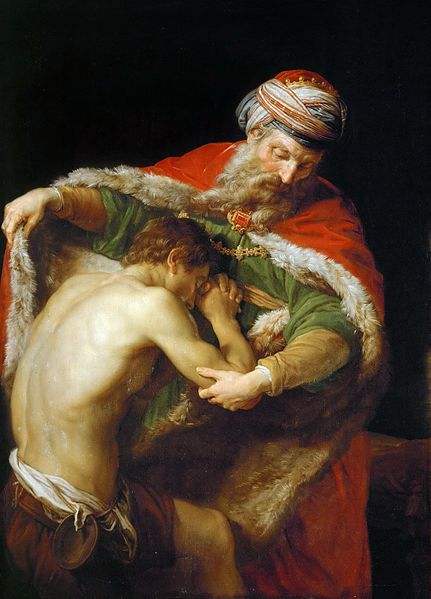C. The “Shock” of the Great Conversions
Though we have decried the attempt to reduce this matter to simple schemata, it nevertheless seems to us that complete and conscious adherence to the Revolution as it concretely presents itself is an immense sin, a radical apostasy, from which one can only return by means of an equally radical conversion.
Now, according to history, it seems that the great conversions usually occur by a fulminating thrust of the soul caused by grace on the occasion of a given internal or external fact. This thrust is different in each case but often has certain similar features. In fact, when a revolutionary converts to the Counter-Revolution, this thrust not infrequently takes place along the following general lines:
a. In the soul of the hardened sinner who, in the rapid march of the process, went immediately to the extreme of the Revolution, there are always resources of intelligence and common sense and tendencies toward good that are more or less defined. Although God never deprives these souls of sufficient grace, He frequently waits until they have reached the very depths of misery, wherein He suddenly brings home to them the enormity of their errors and sins as if in a fulgurant flash. Only when he had fallen into the state where he would fain have filled his belly with the husks of the swine did the prodigal son really see himself as he actually was and return to his father’s house.¹
b. In the lukewarm and shortsighted soul, which is slowly slipping down the ramp of the Revolution, there still act certain supernatural leavens not entirely refused; values of tradition, order, and religion still glow like embers under the ash. Such souls, by a wholesome shock in a moment of extreme disgrace, may also open their eyes and instantly revive everything that was pining and wasting away within them; it is the rekindling of the smoking wick.²
¹ Cf. Luke 15: 16-19.
² Cf. Matt. 12:20.
Plinio Corrêa de Oliveira, Revolution and Counter-Revolution (York, Penn.: The American Society for the Defense of Tradition, Family, and Property, 1993), Ch. VIII, Pg. 99-100.











